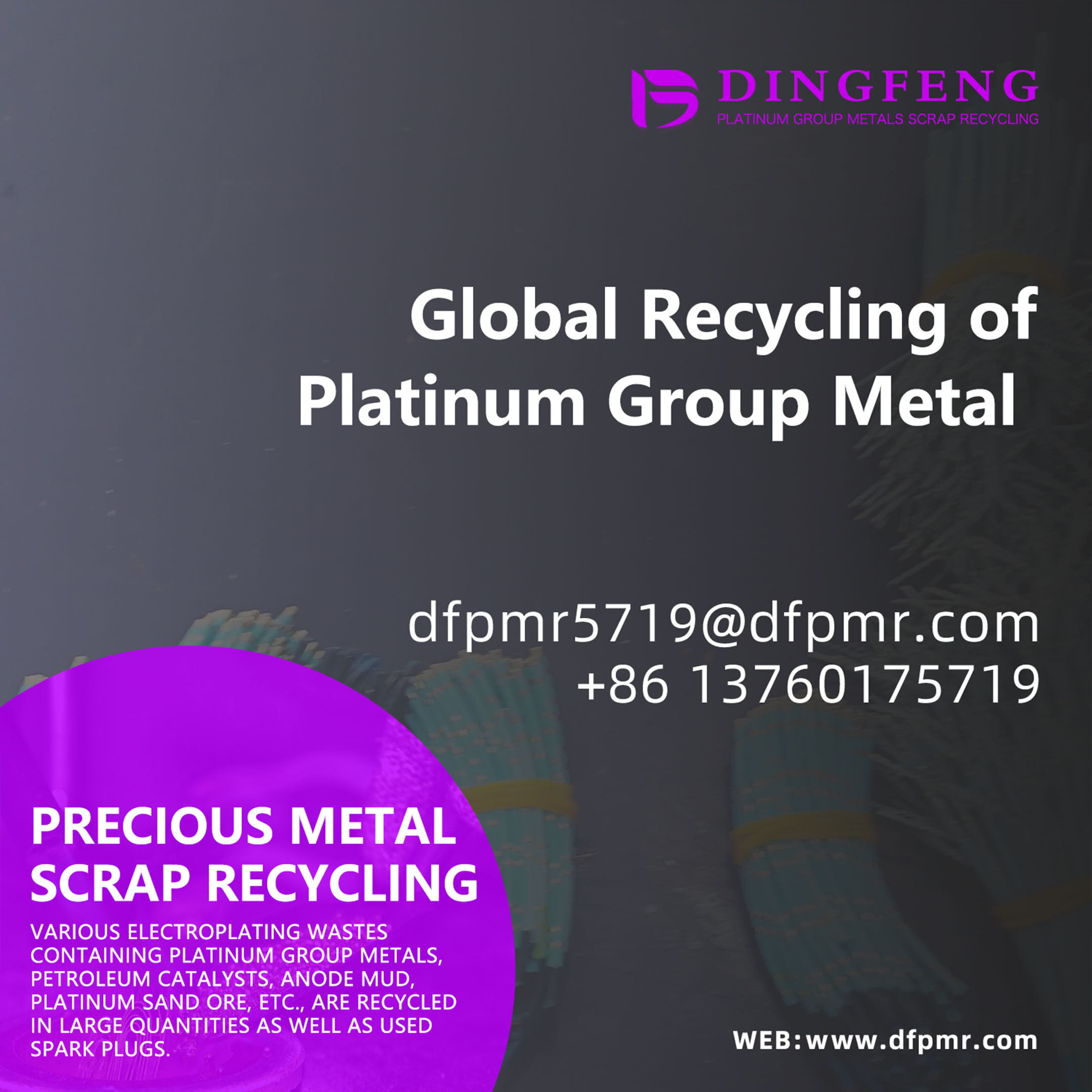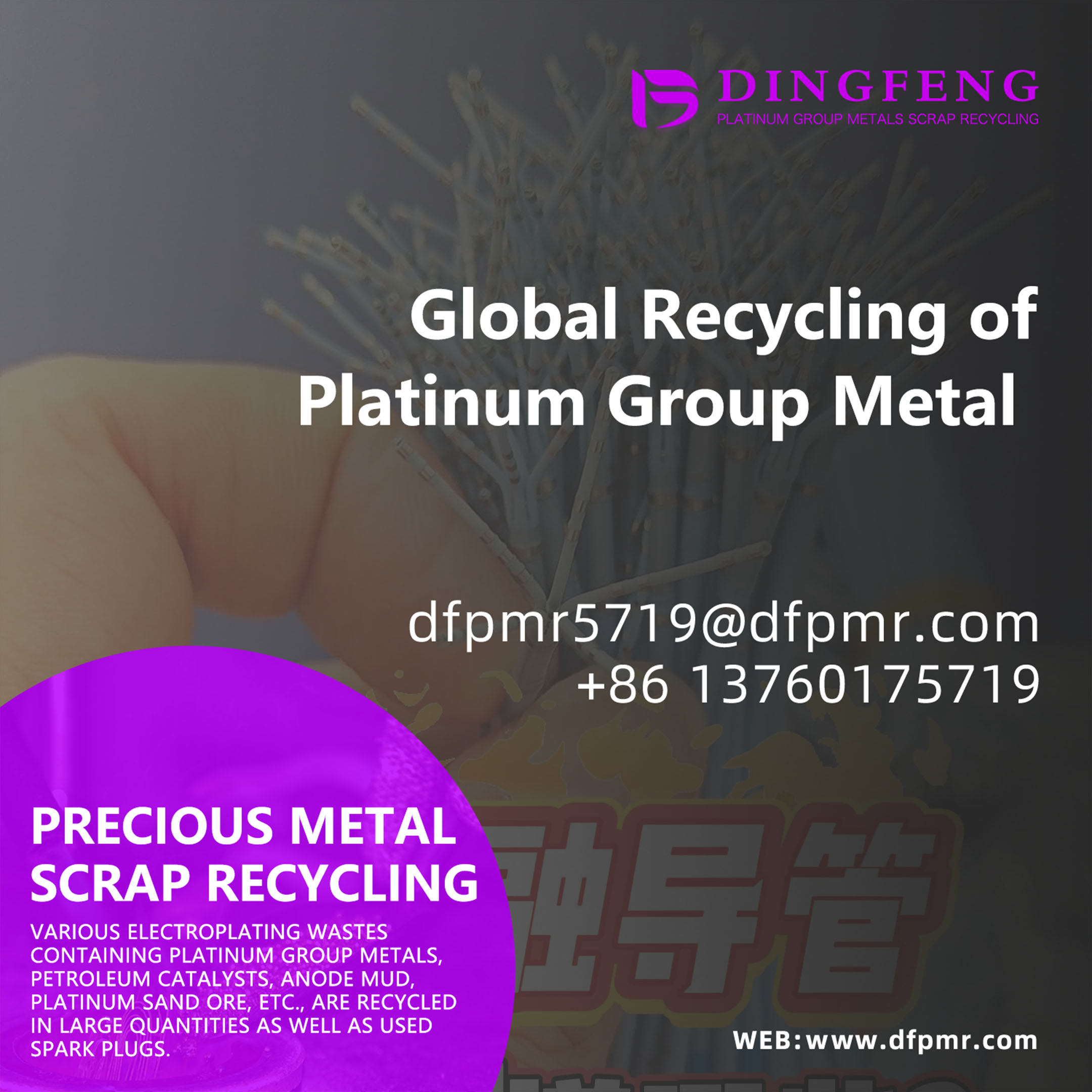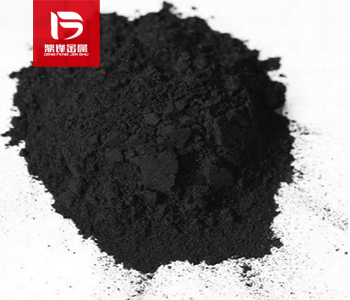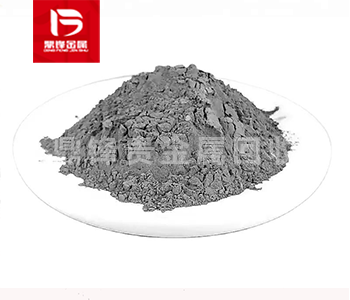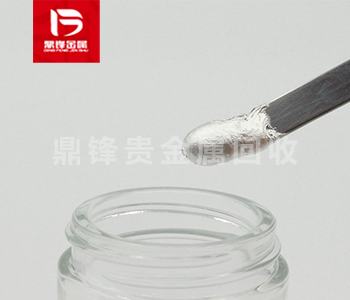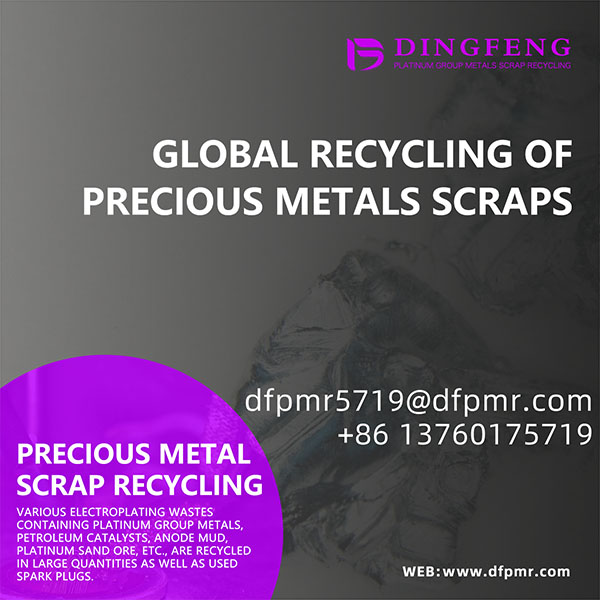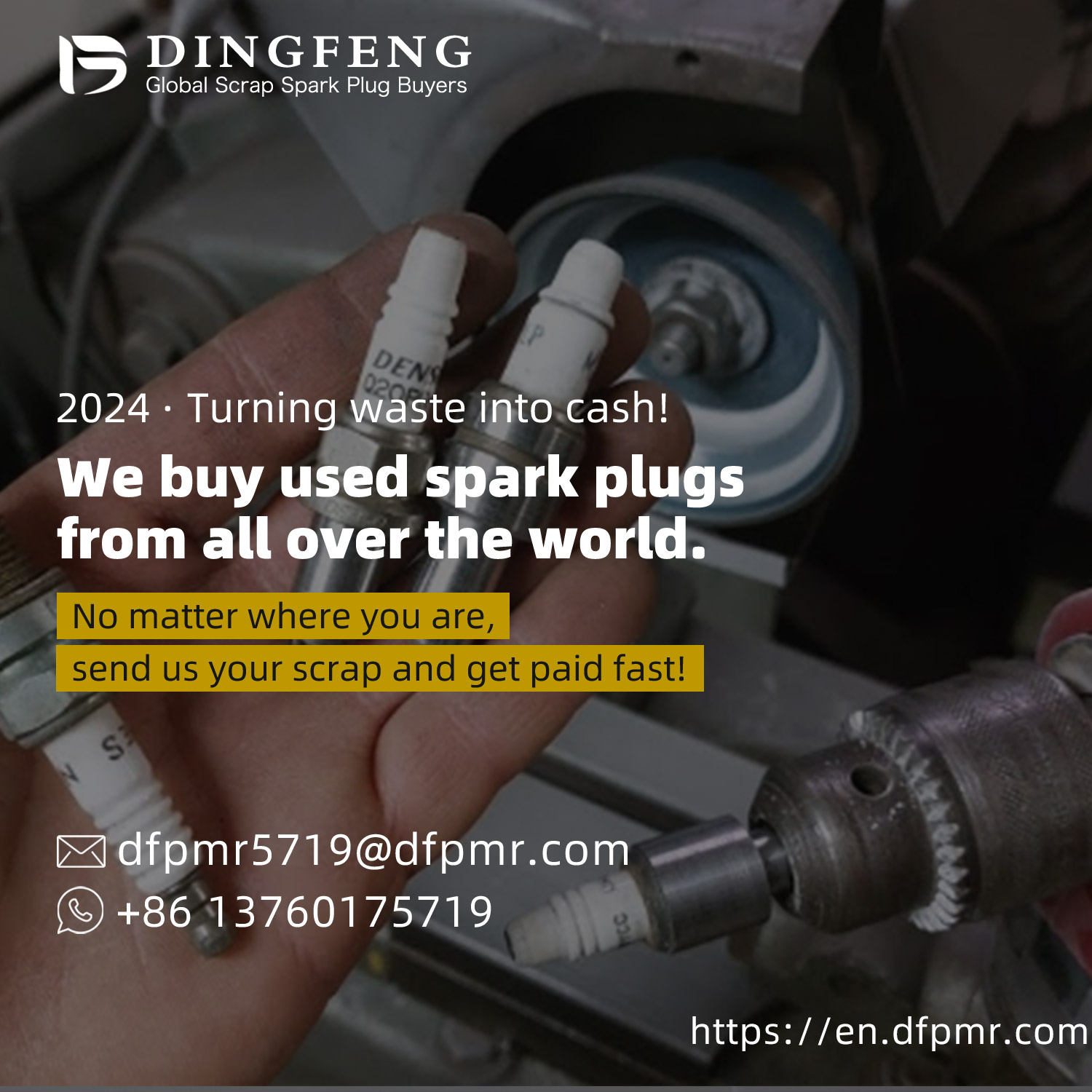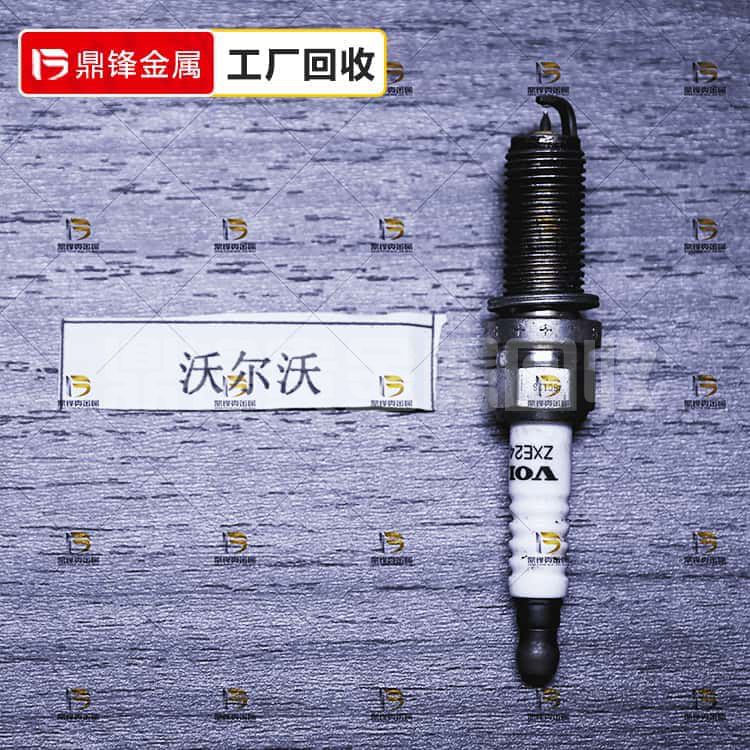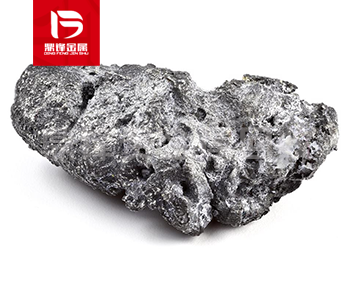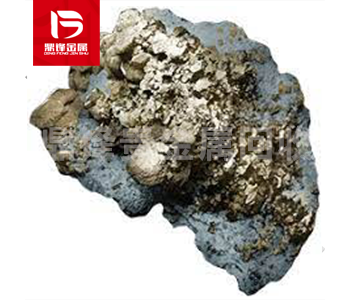Recycling Platinum from Thermocouples: A Responsible Solution for High-Value Industrial Scrap
Platinum is one of the most critical and expensive precious metals used in modern industries. Its remarkable resistance to heat, corrosion, and chemical wear makes it essential in a variety of high-precision applications. One of the most important uses of platinum is in thermocouples, which are vital instruments for measuring extreme temperatures. Over time, thermocouples wear out, lose accuracy, or are replaced as part of industrial maintenance. Instead of being discarded, these devices can serve as a valuable source of platinum recovery. Recycling platinum from thermocouples not only delivers financial returns but also contributes to global sustainability.
Product Details
Platinum is one of the most critical and expensive precious metals used in modern industries. Its remarkable resistance to heat, corrosion, and chemical wear makes it essential in a variety of high-precision applications. One of the most important uses of platinum is in thermocouples, which are vital instruments for measuring extreme temperatures. Over time, thermocouples wear out, lose accuracy, or are replaced as part of industrial maintenance. Instead of being discarded, these devices can serve as a valuable source of platinum recovery. Recycling platinum from thermocouples not only delivers financial returns but also contributes to global sustainability.
The Role of Platinum in Thermocouples
Thermocouples are widely used in industries where temperature monitoring must be both precise and reliable. In particular, platinum-rhodium thermocouples are trusted for their ability to withstand extremely high temperatures, often exceeding 1600 degrees Celsius.
Some of the most common types include:
Type S (Platinum-Rhodium/Platinum)
Type R (Platinum-Rhodium/Platinum)
Type B (Platinum-Rhodium/Platinum-Rhodium)
These are typically found in industries such as steelmaking, glass production, chemical processing, and aerospace. Because platinum is at the core of their function, retired thermocouples contain valuable platinum that can be refined and reused.
Recycling Process
The recycling of platinum from thermocouples involves careful, technical procedures to ensure efficient recovery:
Collection and Sorting
Spent thermocouples are gathered from plants, laboratories, or industrial facilities. They are sorted by type, as different models contain different platinum concentrations.Pre-Treatment
Protective sheaths, insulators, and non-metallic parts are stripped away to expose the platinum alloy wires.Melting and Recovery
The platinum-bearing parts are melted in controlled environments. This step separates the platinum alloy from contaminants and prepares it for purification.Chemical Refining
Advanced refining processes such as electrolytic refining or aqua regia treatment are used to extract platinum at very high purity levels.Final Purification
The recovered platinum is processed to achieve a purity standard of 99.9 percent or higher, making it suitable for reuse in critical industries.
Benefits of Recycling Thermocouple Platinum
Economic Rewards: Even small quantities of thermocouple scrap hold high concentrations of platinum, offering strong returns for businesses.
Sustainability: Recycling reduces reliance on platinum mining, which is costly, energy-intensive, and environmentally damaging.
Stable Supply: With global demand for platinum rising, recycling provides industries with a consistent secondary source.
Environmental Protection: By recycling thermocouples, industries minimize landfill waste and reduce carbon emissions linked to mining.
Industries That Benefit from Thermocouple Recycling
Steelmaking and Foundries: High-temperature processes require constant thermocouple replacement.
Glass Manufacturing: Platinum thermocouples are used for furnace monitoring and precision control.
Aerospace: High-performance engines rely on platinum thermocouples for accuracy in extreme conditions.
Chemical Plants: Catalytic processes and reactors often use platinum thermocouples for safety and efficiency.
In all of these industries, recycling ensures platinum is not lost but reintroduced into the production cycle.
Dingfeng Precious Metals: Your Recycling Partner
At Dingfeng Precious Metals, we provide specialized services for recycling platinum thermocouples. Our advanced refining technologies guarantee maximum recovery, high purity, and competitive returns for clients worldwide.
We ensure:
Precise testing and analysis of platinum content
Transparent, fair pricing based on global market values
Secure handling of industrial scrap materials
Efficient, reliable global transactions
Conclusion
Recycling platinum from thermocouples is an essential step toward resource conservation, environmental responsibility, and economic efficiency. As industries continue to rely on platinum for high-temperature measurement and control, recycling ensures that this rare and valuable metal remains available for future applications.
At Dingfeng Precious Metals, we are dedicated to helping industries recover maximum value from platinum thermocouples through safe, professional, and sustainable recycling solutions.
For more information, please contact us at:
Email: dfpmr5719@dfpmr.com
WhatsApp: +8613760175719


